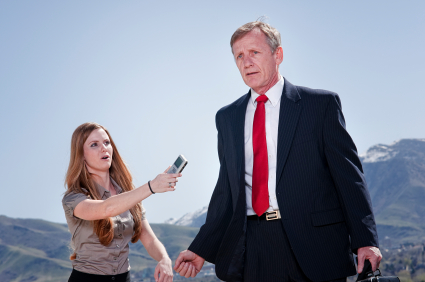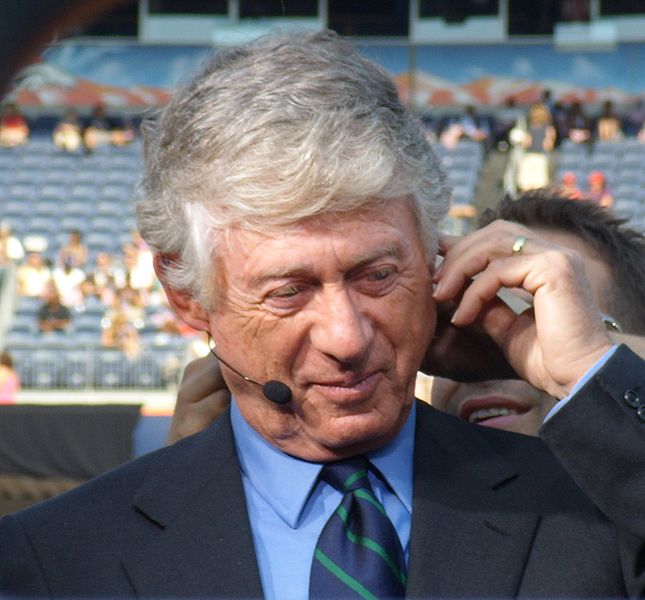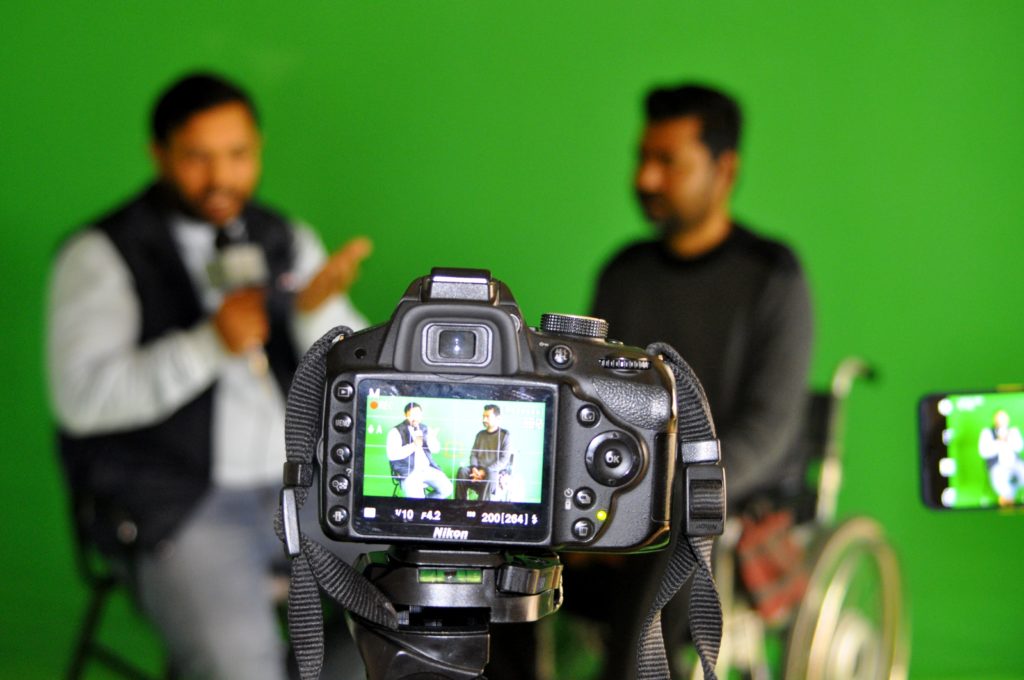The Three Deadly Horsemen of Media Interviews
In order to assess the skill level of each of our trainees, we often conduct an on-camera “baseline” interview at the beginning of each media training session.
It’s amazing to watch our trainees’ reactions just before we begin. They’re usually visibly nervous, wondering, What is this guy going to ask me? Do I have good answers to his questions? Can I get through this without saying anything stupid?
They don’t actually say those things. But I can see those thoughts etched on their faces and sense them through their defensive body language. They may as well just cross their arms over their faces, lean back, and cower—their bodies are emitting that same message anyway.
That defensiveness is a major problem, and it can undermine even the most perfect message. Defensiveness—in the form of closed gestures, a tight smile, or abruptly clipped answers—leads the audience to wonder what you’re hiding.
In order to help our trainees, I encourage them to change their interior monologues before they begin their second round of practice interviews. Instead of, “Oh, no, here come the tough questions,” I ask them to try, “I’m so happy you asked me that, because your question gives me an opportunity to discuss that issue.”
You’d be amazed by how much that small mental adjustment helps them convey a more open tone. That openness not only helps to persuade the audience but also defangs most interviewers, who are less inclined to probe a spokesperson who appears to have little to hide.
Beyond the fear of the unexpected question, defensiveness comes across in at least three other ways.
1. Anger
As questions become tougher, it becomes even more critical for you to maintain open and non-defensive body language. Audiences award points to spokespersons who exhibit grace under pressure and deduct them from people who offer heated responses.
Anger also undermines an automatic dynamic that works in your favor. Ted Koppel, my former boss and the long-time host of ABC’s Nightline, says that an audience’s allegiance is to the interviewer, not to the person being interviewed—at least at the beginning. But if viewers perceive that the interviewer is being unfair, the audience will shift its sympathy from the journalist to the interviewee. So stay cool, and the audience may automatically move your way.
2. Sarcasm
In everyday life, you may occasionally win an argument by making a well-timed sarcastic point. But media interviews aren’t debates, and you don’t always win points for your rapier wit. On the contrary, sarcasm can make you appear peevish and unlikeable. Remember that in many formats, the public will never see the question you were asked, only your answer. So even if your sarcastic reply looks fine “in context,” it won’t look good as a stand-alone sound bite.
3. Walking Away
My blog regularly documents instances when spokespersons abruptly end an interview and walk off the set. I’ve yet to see one that makes the spokesperson look good. Unless the reporter has become downright abusive, don’t walk off—the moment you do, you lose. Walk-offs make for dramatic television and help stations attract viewers—so you better believe that the video of your humiliating walk-off will be played repeatedly, and could live forever on the Internet.
This article is an excerpt from The Media Training Bible: 101 Things You Absolutely, Positively Need to Know Before Your Next Interview, available from Amazon here and for the Kindle here.




